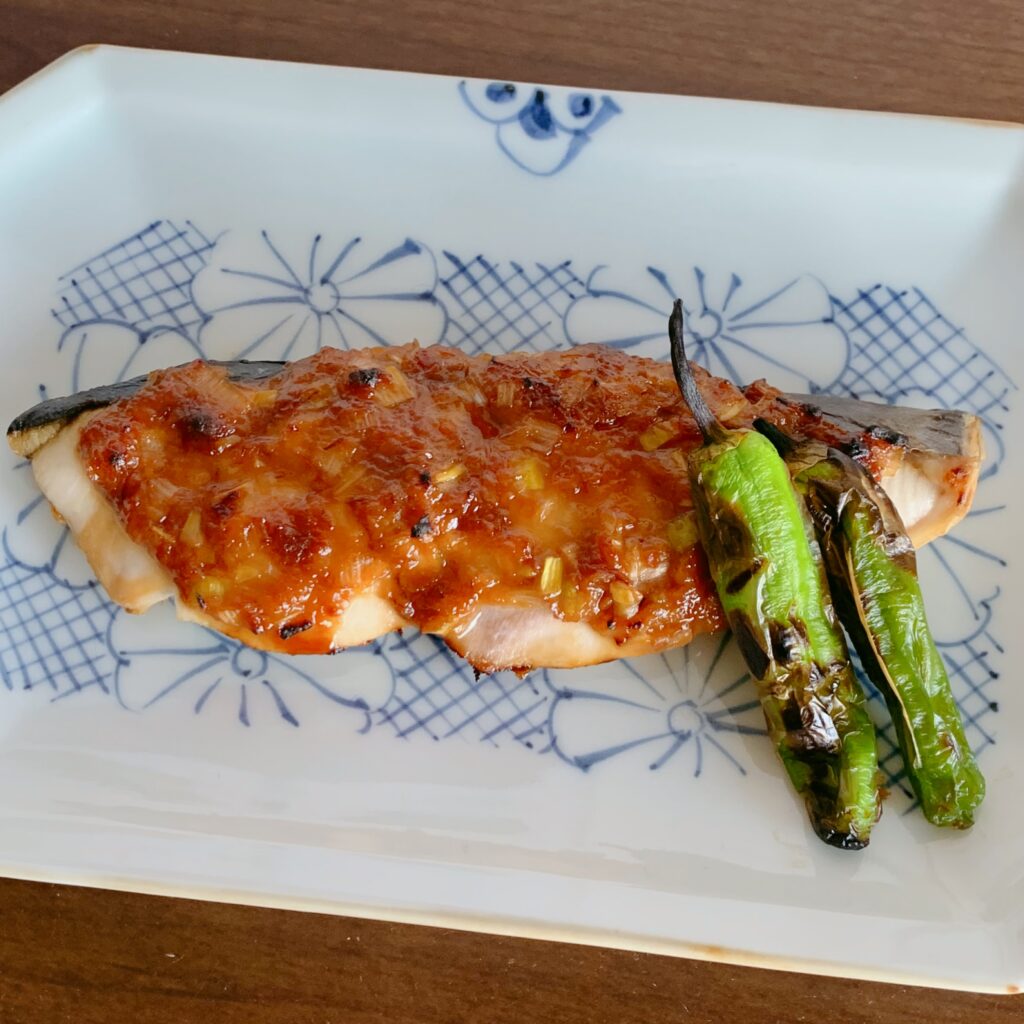
Sawara no negimiso yaki(サワラのネギみそ焼き)
What kind of dish is Sawara no negimiso yaki⁇
Japanese leek = naga negi or shiro negi Spanish mackerel = sawara fish
A sauce made with chopped Japanese leeks and miso is placed on top of Spanish mackerel and grilled using a fish grill.
This dish can also be made delicious using white miso or mixed miso. There are many types of miso, so choose the one that suits your region and cooking method. This time I used red miso.
Red miso is more mature than other miso and has a slightly dry flavor. It’s not as unique as haccho miso, so it’s easy to use.
NUTRITION FACTS : Grilled Sawara fish (Spanish mackerel) topped with fragrant negi miso
- 186 kcal
- Protein 20.7 g
- Fat 10.0 g
- Carb 5.0 g
- Salt Equivalent 1.6 g
INGREDIENTS : Grilled Sawara fish (Spanish mackerel) topped with fragrant negi miso (5SERVINGS)
- Spanish mackerel 500g
- Japanese leek 40g
- ☆red miso 40g
- ☆mirin 10g
- ☆sugar 5g
- ☆sake 5g
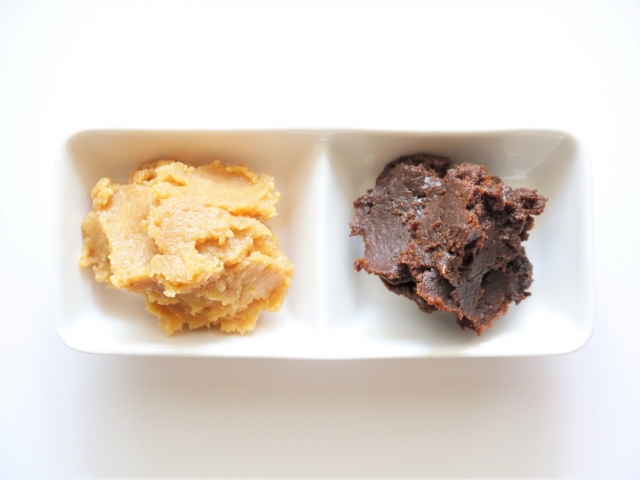
Grilled Sawara fish (Spanish mackerel) topped with fragrant negi miso

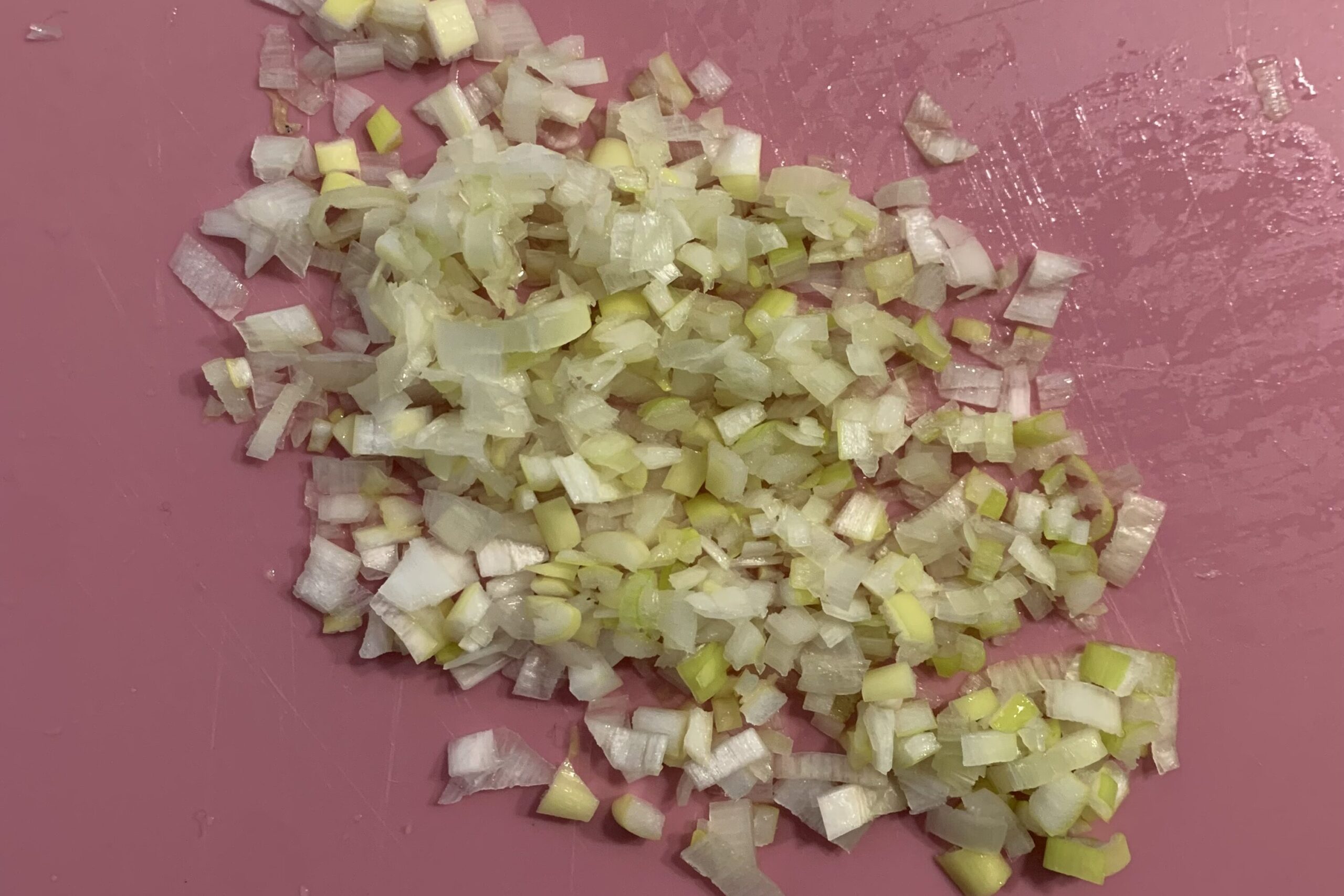
- Chop the Japanese leek.
- Mix the red miso, sugar, mirin, sake, and Japanese leek.
- Place miso sauce on Spanish mackerel.
- Grill for 10 minutes on a fish grill.
If use an oven, preheat to 230 degrees and grill on the middle rack for 15 minutes.
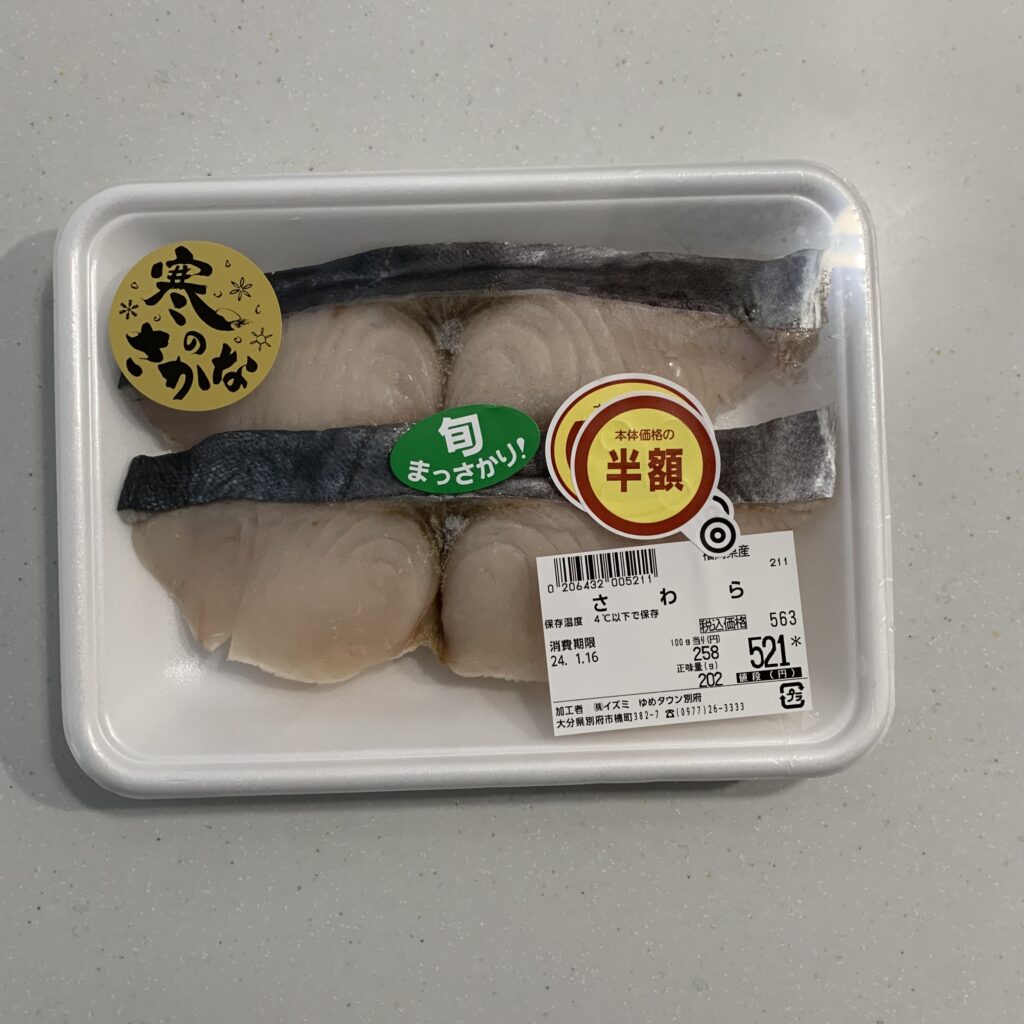

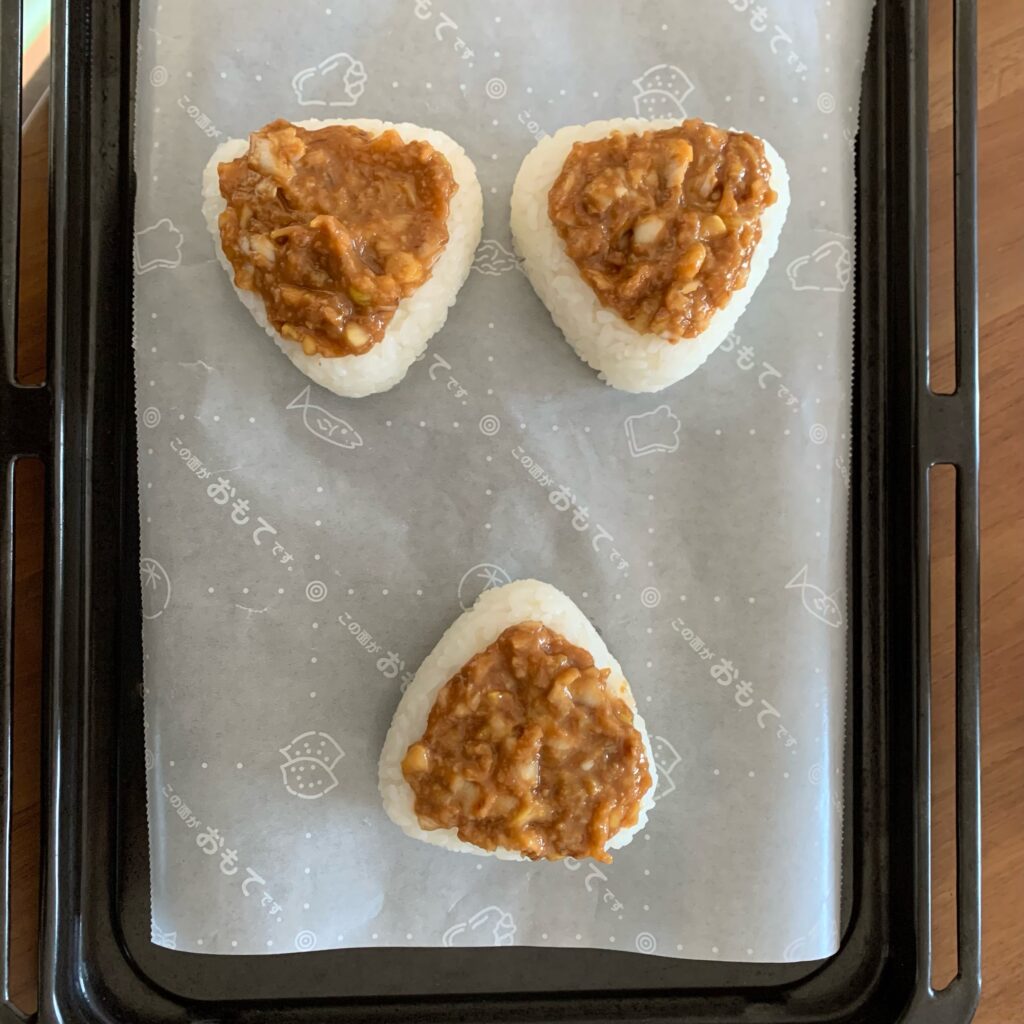
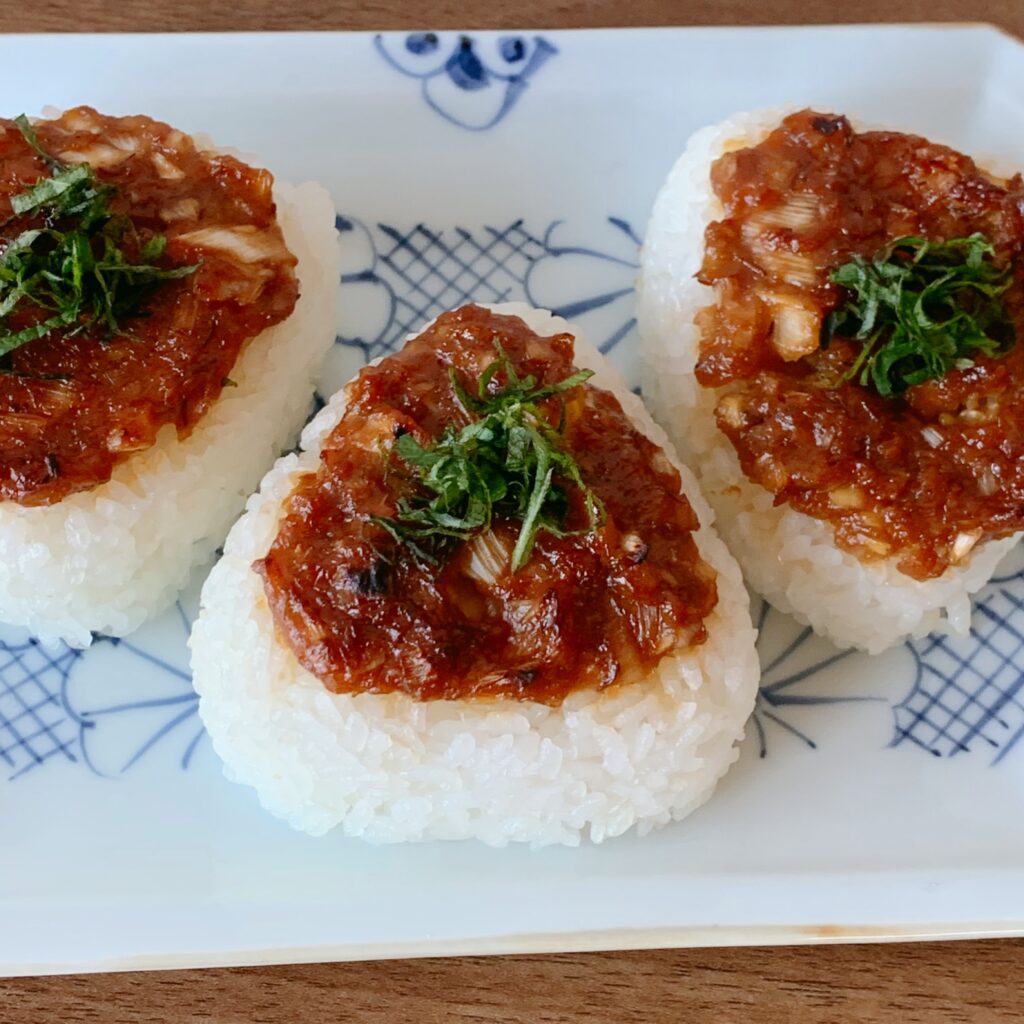
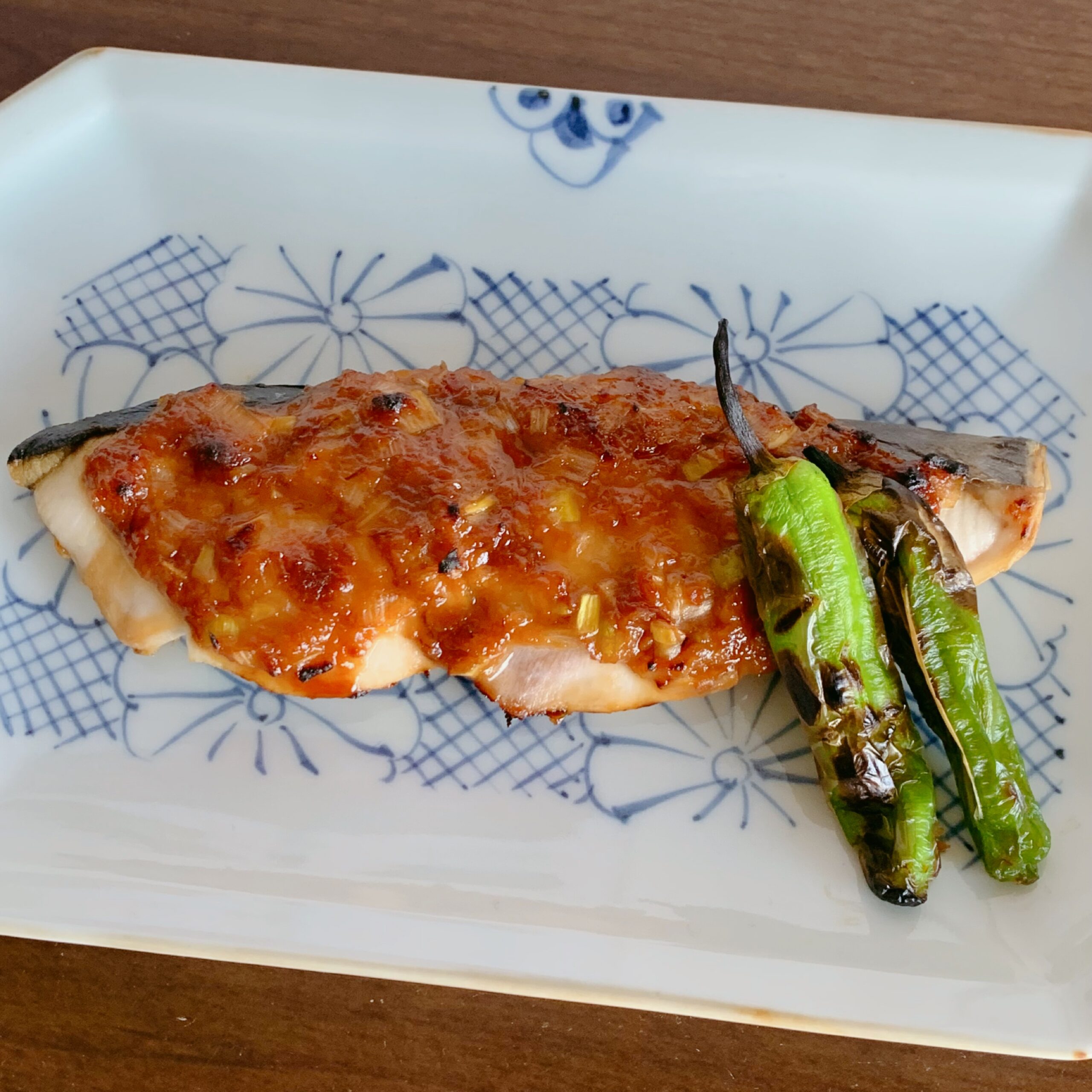
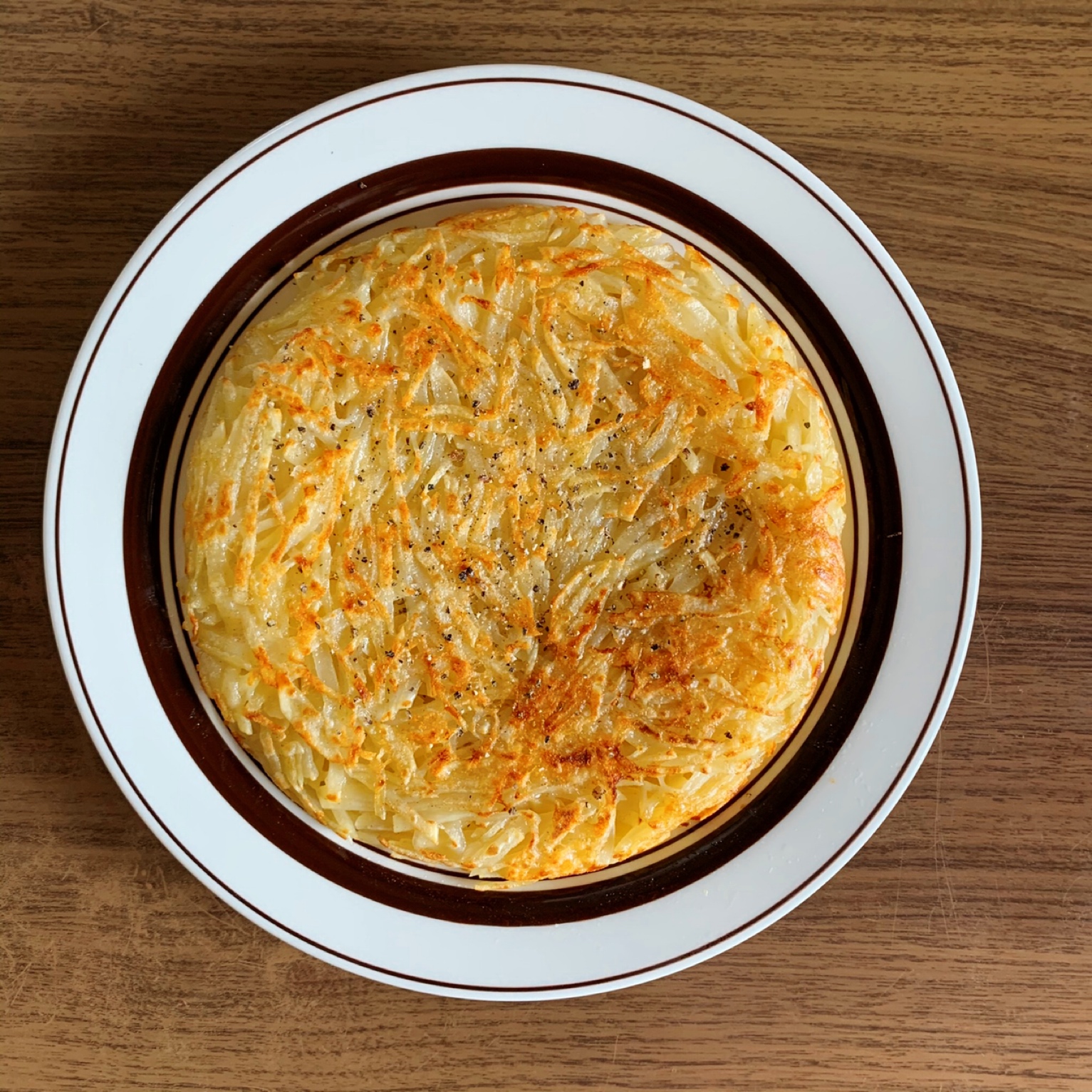

コメント